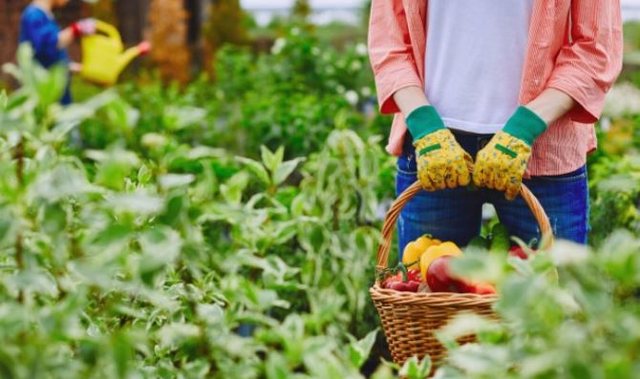
Production alarm/ Industry and agriculture enter recession, also affected by population decline in villages


The manufacturing sector in our country has entered a long phase of recession.
The latest INSTAT data shows that agriculture fell for the fourth consecutive year in 2024, while industry fell for the second year.
Agricultural production fell by -1.1% in 2024 from -1.8 in 2023, while the industrial sector recorded a decline of -6.7%, the strongest since the 2020 pandemic.
The agricultural sector employed 32.2 percent of the total workforce and industry about 13.4 percent. Both sectors contributed to 45.7 percent of total employment by 2023, according to INSTAT. Since 2019, agriculture's contribution to employment has decreased by 4 percentage points, while industry has maintained the same weight.
More detailed data show that agriculture is on a downward trajectory, mainly due to negative developments in the strong family farms of the livestock sector. In the last decade, the number of animals for milk and meat has almost halved due to the bankruptcy of small farms.
The decline in the rural population and its aging have led to the extinction of small family farms with livestock. For the same reasons, agricultural production in the field has also declined. Family farms for self-consumption are in constant bankruptcy due to the decline and aging of the rural population.
Agricultural production is being organized in the form of businesses with greenhouses for export. Due to this transition, farmers who produced for self-consumption have now become consumers, which drives the growth of imports of agricultural products from abroad. In small municipalities, there are almost no farmers' markets anymore.
Agricultural production has also been negatively affected by the lack of subsidies and the blocking of IPARD funds. This year, funding from the national scheme is around 75 million euros, of which 70 percent is operational expenses and only 30 percent of the fund is investment that increases production.
Meanwhile, the industrial sector entered its second year of decline in 2024 due to factors mainly related to the decline in the value of the euro and rising domestic costs. The fall of the euro from 122 lek in 2021 to less than 100 lek last year reduced exporters' revenues, causing many companies to close down.
Clothing and footwear factories alone cut nearly a fifth of jobs last year, according to data from short-term statistics.
The country's economic model is rapidly shifting from manufacturing to services and trade, after a decades-long effort to create "Made in Albania" products. Economic experts believe that manufacturing generally integrates economies into higher value chains. For example, during the Covid-19 pandemic, where the world was placed under restrictive measures, countries that had manufacturing economies recorded a lower decline than those that were based on services, especially tourism./ Monitor

Scandal erupts: Poll against SPAK intercepted!
ideas
top
Alfa recipes
TRENDING 
services
- POLICE129
- STREET POLICE126
- AMBULANCE112
- FIREFIGHTER128



























